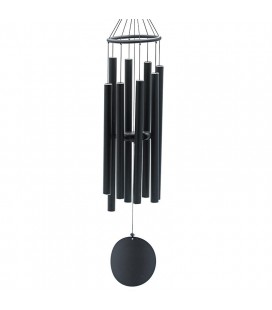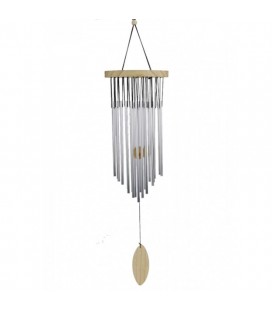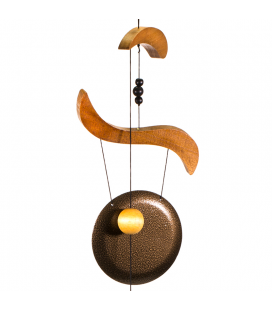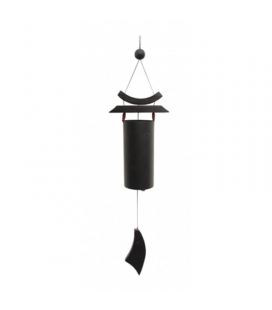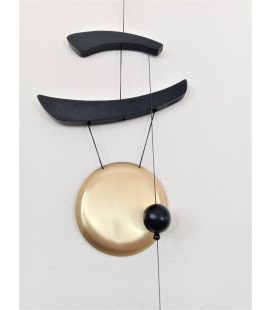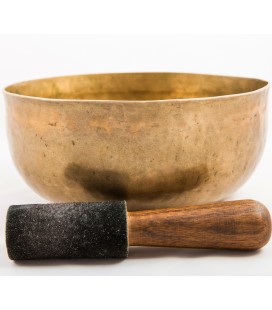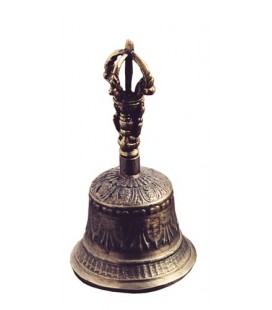Cart 0
0 item(s) - 0,00 € No products
To be determined Shipping
0,00 € Total
Quantity
Total
Product successfully added to your shopping cart
There are 0 items in your cart. There are 0 items in your cart.
Total
Chimes, bowls, cymbals
- » Feng Shui objects
- » Feng Shui Animals
- » Feng Shui jewelry
- » Chimes, bowls, cymbals
- » Feng Shui crystals
- » Flower of life
- » Mirrors - Accessories
- » Coins and lucky charms
- » Wellness and care products
- » Stones and Minerals
- » Feng Shui statuettes
- » Yoga & Meditation
- » Radiesthesia & Geobiology
- » Feng Shui Gift Ideas
- » Favourites
- » Feng Shui Books
- » Feng Shui Consultations
- » Feng Shui candles
Chimes, bowls, cymbals
After colors, stones and materials, sounds also play an important role in the Chinese art of Feng Shui. Most of the time, these are more or less crystalline, emitted by singing bowls, chimes, cymbals or even bells.
Find out why sounds are important in the art of Feng Shui and how to use them wisely.
The importance of sounds in Feng Shui
What ...
Feng Shui chime 22 tubes
25,90 € 2In StockFeng Shui chime 22 tubes made of natural solid wood and aluminum.Feng Shui Gong Chime
14,90 € 1In StockWood and metal Feng Shui chime. This chime made of wood and metal has a gong of 12 cm in diameter.Feng Shui Zen Chime
16,90 € 1In StockModern feng shui chime with a Zen inspiration. Design chime in lacquered wood and metal.Feng Shui Gong Zen Chime
24,90 € 1In StockBeautiful Feng Shui chime for outdoor use ideally to create a Feng Shui garden. The feng shui chime has a golden metal gong of 12cm diameter associated with a solid wood ball of 3cm diameter.Tibetan singing bowl
39,90 € 1In StockTibetan singing bowl handmade. Beautiful range of Tibetan singing bowls from 11 to 28 cm in diameter made of special alloy of 7 metals for an exceptional sound.Range of Tibetan singing bowls for a personalized use. Singing bowls to relax you during your meditation sessions, Tibetan bowls to purify your home with sound. Singing bowls can be magnificent...Tibetan bell for meditation
59,90 € 1In StockThe Feng Shui Shop offers you this beautiful Tibetan brass bell. This Tibetan bell has a bright sound and will accompany you in your meditation sessions or simply as a wonderful Zen decoration object.

